Vijay Krishna Menon
Prediction of number of cases expected and estimation of the final size of coronavirus epidemic in India using the logistic model and genetic algorithm
Mar 26, 2020



Abstract:In this paper, we have applied the logistic growth regression model and genetic algorithm to predict the number of coronavirus infected cases that can be expected in upcoming days in India and also estimated the final size and its peak time of the coronavirus epidemic in India.
Dependency resolution and semantic mining using Tree Adjoining Grammars for Tamil Language
Apr 19, 2017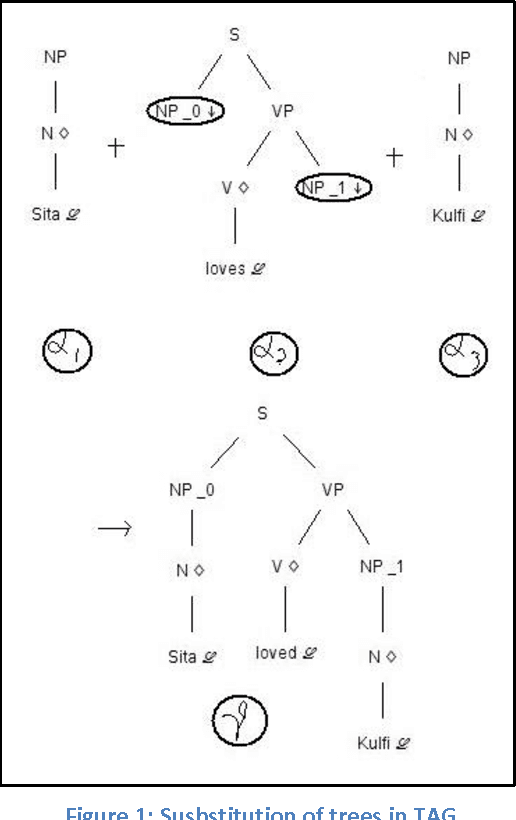
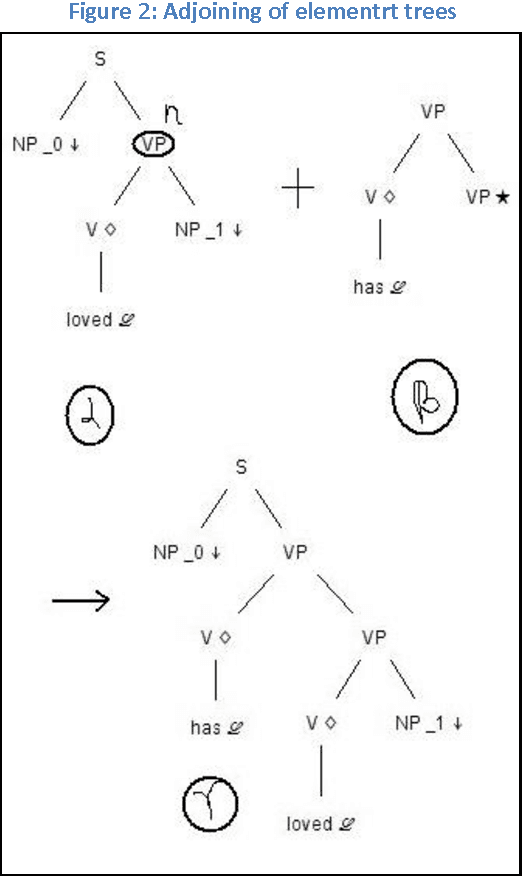

Abstract:Tree adjoining grammars (TAGs) provide an ample tool to capture syntax of many Indian languages. Tamil represents a special challenge to computational formalisms as it has extensive agglutinative morphology and a comparatively difficult argument structure. Modelling Tamil syntax and morphology using TAG is an interesting problem which has not been in focus even though TAGs are over 4 decades old, since its inception. Our research with Tamil TAGs have shown us that we can not only represent syntax of the language, but to an extent mine out semantics through dependency resolution of the sentence. But in order to demonstrate this phenomenal property, we need to parse Tamil language sentences using TAGs we have built and through parsing obtain a derivation we could use to resolve dependencies, thus proving the semantic property. We use an in-house developed pseudo lexical TAG chart parser; algorithm given by Schabes and Joshi (1988), for generating derivations of sentences. We do not use any statistics to rank out ambiguous derivations but rather use all of them to understand the mentioned semantic relation with in TAGs for Tamil. We shall also present a brief parser analysis for the completeness of our discussions.
A new TAG Formalism for Tamil and Parser Analytics
Apr 05, 2016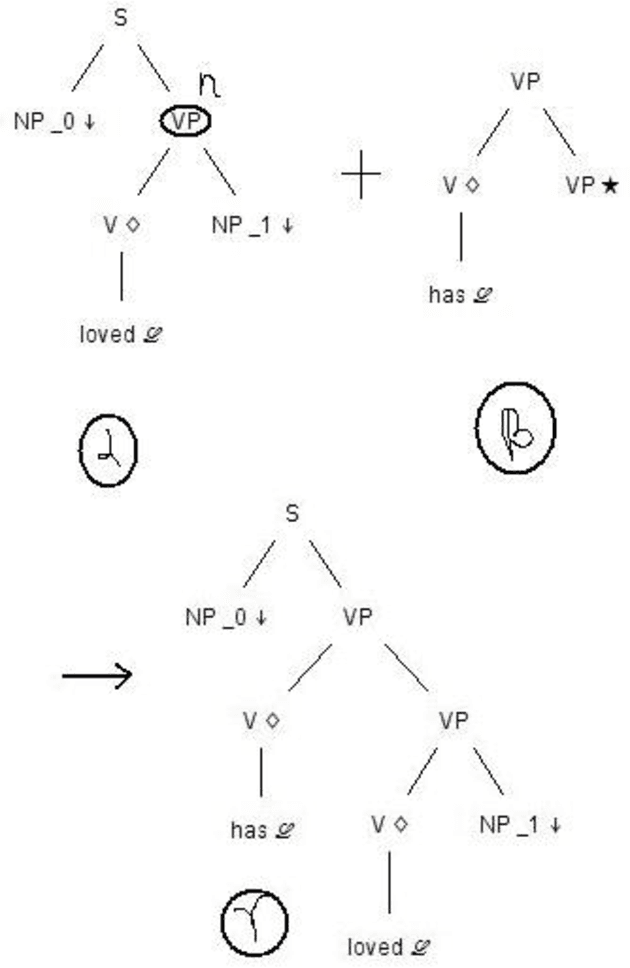
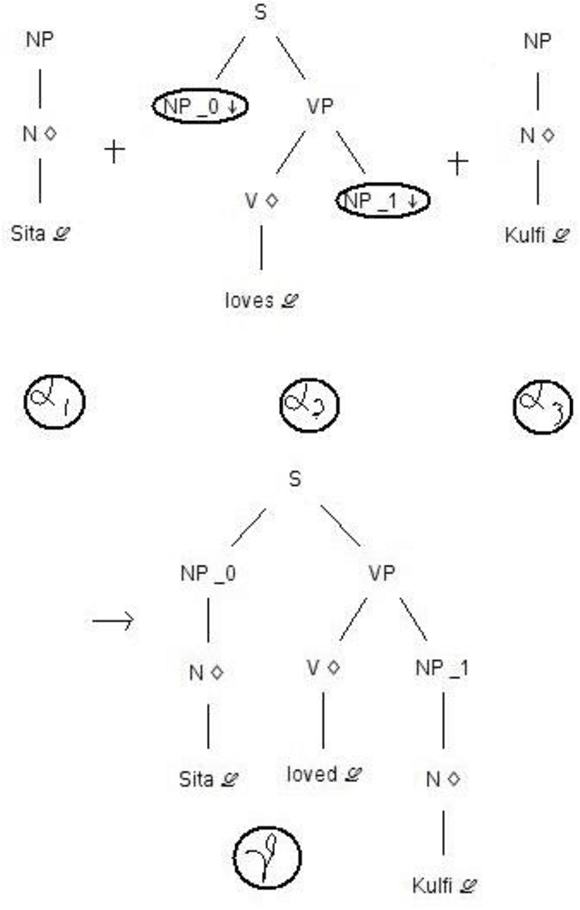

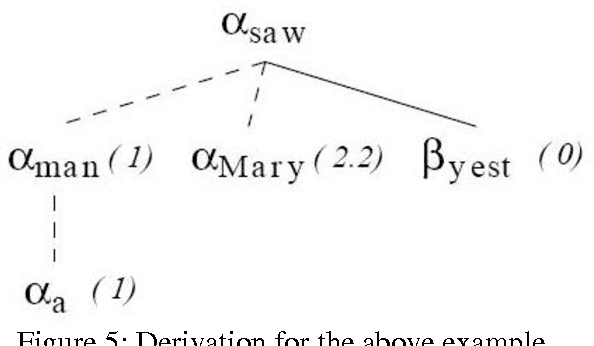
Abstract:Tree adjoining grammar (TAG) is specifically suited for morph rich and agglutinated languages like Tamil due to its psycho linguistic features and parse time dependency and morph resolution. Though TAG and LTAG formalisms have been known for about 3 decades, efforts on designing TAG Syntax for Tamil have not been entirely successful due to the complexity of its specification and the rich morphology of Tamil language. In this paper we present a minimalistic TAG for Tamil without much morphological considerations and also introduce a parser implementation with some obvious variations from the XTAG system
 Add to Chrome
Add to Chrome Add to Firefox
Add to Firefox Add to Edge
Add to Edge